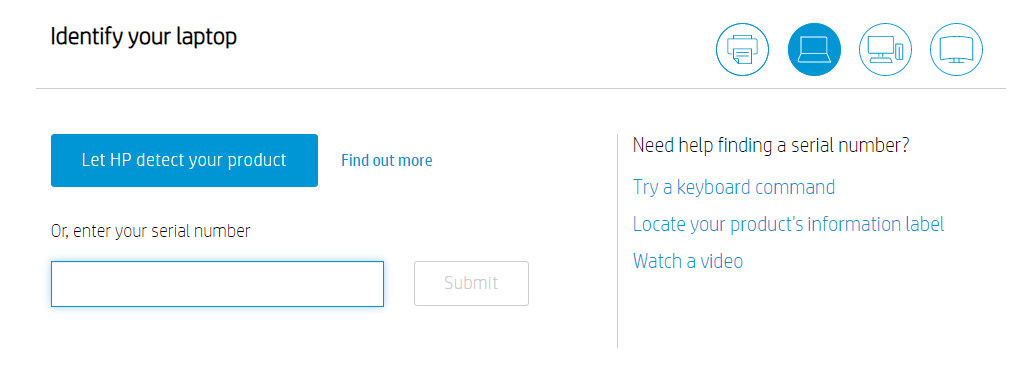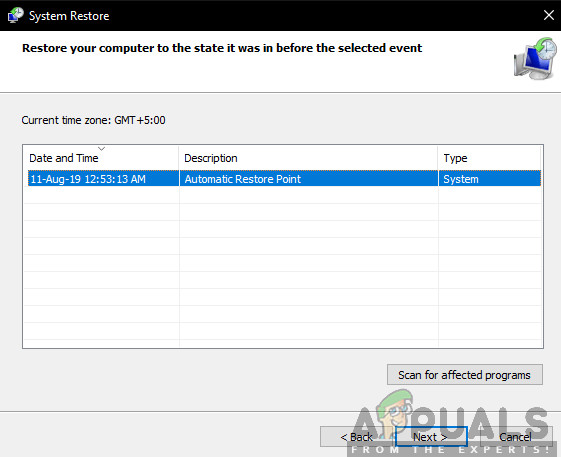Fix: ‘The Third-party INF doesn’t contain Digital Signature Information’
Users encounter the error message ‘The Third-party INF doesn’t contain Digital Signature Information’ when they are trying to install third-party drivers on their computer. There are usually two types of drivers present i.e. third-party (these are not developed by manufacturers) and official drivers (drivers developed by manufacturers).

The difference between the two drivers is that of a Digital Signature. A digital signature signifies whether a driver is ‘signed’ by the manufacturer and is authentic. Here, it should be noted that third-party drivers might also work on your computer but they don’t guarantee stability and can fail in several situations.
Users face this error message when third-party drivers are being installed on the computer. Even though we recommend that you always use official drivers, there might be a necessity which might be forcing you to do so. In this article, we will go through several different ways through which you can bypass this error message and easily fix the third-party drivers without interference.
What is an INF File?
An INF file is a type of text file which accompanies a driver and contains instructions for Windows on how to install the driver into the system. In previous iterations of Windows (Windows 7 and below), the INF file didn’t have digital signatures embedded into it. However, in the latest iterations, the ‘driver signature enforcement’ feature is implemented which ensures that only drivers with valid signatures are allowed to be installed. These drivers are usually installed by Microsoft.
Note: Before moving on with the solutions, make sure that the device of which drivers you are trying to install is indeed legitimate and valid. If the hardware is damaged or unverifiable, make sure that you get to the bottom of its characteristics and then proceed.
How to Force Install the Driver by Bypassing the Error Message?
Despite the need for this security feature, Microsoft has implemented several backdoors which allow the users to install the drivers on your computer without the digital driver enforcement. In this article, we will discuss the ways through which you can bypass the error message and install the driver with ease.
Warning:
Before we proceed, it should be duly noted that not all third-party drivers are trustworthy and some of them might even be malicious. Before you start forcefully installing the drivers, make sure that you are sure that the driver is legitimate and doesn’t pose a risk to your computer or OS. The best scenario would be to download the drivers from the manufacturer’s site itself which we will demonstrate down below.
Note: Make sure that you are logged in as an administrator on your computer and have your data backed up just in case.
Solution 1: Downloading Drivers from Manufacturer’s Website
Before we try out other workarounds where we install the same driver forcefully, it is essential that you ‘try’ to search and download a verified driver from the manufacturer’s official website. Since all the readers will be trying to install different drivers, we have outlined a generic method which you can follow.
- The first step is to determine which device you are installing drivers of. You can either look at the label of the device or navigate to the device manager (Press Windows + R, type ‘devmgmt.msc’ in the dialogue box and press Enter).
- After you have determined the driver you are trying to install, go to your manufacturer’s official website.

Downloading Drivers from Manufacturer’s website - Here, after locating the driver, you will have several download options (for example, of different Windows versions, etc.). Select the one which you think will fit your case and download it to an accessible location.
- Now, you can either double-click the executable to install the driver directly and if this doesn’t work, you can navigate to the device manager again, right-click on the device and select Update Driver.
- Now, select Browse my computer for driver software and navigate to the downloaded driver.
- After installing the driver, restart your computer and check if the issue is resolved.
Solution 2: Disabling Driver Enforcement through Command Prompt
There are usually two methods through which you can disable driver enforcement. One where we disable it using your command prompt and another where we disable it using the startup options. We will go with the first method first as it is more easy and efficient. Make sure that you are logged in as an administrator on your computer before proceeding.
- Press Windows + S, type “command prompt” in the dialogue box, right-click on the application and select Run as administrator.
- Once in the command prompt, execute the following command:
bcdedit /set loadoptions DDISABLE_INTEGRITY_CHECKS & bcdedit /set testsigning on

- Now, close the command prompt and restart your computer. Now try installing the driver and see if the issue is resolved.
Solution 3: Disabling Enforcement through Startup Settings
If the above method somehow doesn’t work for you, we can move on and try to disable Driver Enforcement through the Startup settings. Windows startup settings contain several different options which allow the users to into a RE state such as safe mode etc. We will be accessing that menu and then try installing the drivers. Make sure that you are logged in as an administrator.
- Click on the Windows icon > Shut down or sign out > hold Shift and press Restart.
- This sequence will launch Windows in a recovery environment which will be a blue screen with several options. Now click the button of Troubleshoot.

Troubleshoot – Windows RE - Now click the button of Advanced options.

Advanced Options – Windows RE - From the next screen, select Startup Settings.

Startup Settings – Windows RE - Once in the startup settings, click on the Restart button to restart your computer completely.

Restarting Computer - After the computer restarts, you will see several startup settings in front of you. Click on the number 7 on your keypad which maps to Disable driver signature enforcement.

Disable driver signature enforcement. - After making the changes, your computer will be started up with digital driver signature enforcement disabled. Now you can easily install the driver which was causing problems for you.
Solution 4: Running a System File Check
If you are trying to install Microsoft verified drivers which are downloaded from the very website and are still experiencing the error message, it probably means there are some issues with your Windows files themselves. This scenario can occur when the driver enforcement module is either corrupt or is in an error configuration. Here, we can run a system file check which will scan all your installation files and look for any discrepancy from the online manifest. If there is any issue located, the problematic file will be replaced with a fresh copy.
- Press Windows + S, type “command prompt” in the dialogue box, right-click on the application and select Run as administrator.
- Once in an elevated command prompt, execute the following commands one by one and make sure that they complete:
sfc /scannow DISM /Online /Cleanup-Image /RestoreHealth

- The latter command fixes any issues which the system file checker diagnoses when running the scan. The file checker analyzes all the Windows files against a pre-defined manifest. If it sees any discrepancies, it alerts you and tries to replace the bad file with a fresh copy which it downloads from the web.
Solution 5: Diagnosing Windows Installation
If all the above methods don’t work and you are indeed trying to install a valid driver on your computer but are not able to because of the error message, it probably means there is an issue with your Windows installation itself. Here, we will first update Windows to the latest build and see if this fixes an issue. If it doesn’t, we will try restoring from a restore point where the issue didn’t occur. If even this fails, you can go ahead and install Windows from a fresh ISO file.
- Press Windows + S, type “update” in the dialogue box and open the Update Settings.
- Once in the settings, click on Check for Updates.

Checking for Updates – Windows
Windows will now start checking for any valid updates available. If it finds any, make sure that you download and install the updates and also restart your computer properly.
If updating Windows to the latest build doesn’t help with anything, we will try restoring your computer. Restore points are made along the way whenever you install a new application or when a new update is installed. Here, you have to yourself guess at which point your Windows worked perfectly. Select that point from the restore points available using the method given below.
- Press Windows + S to launch the start menu’s search bar. Type “restore” in the dialogue box and select the first program which comes in the result.
- Once in the restore settings, press System Restore present at the beginning of the window under the tab of System Protection.
- Now a wizard will open navigating you through all the steps to restore your system. Press Next and proceed with all the further instructions.

- Now select the restore point from the list of options available. If you have more than one system restore points, they will be listed here.

- Now windows will confirm your actions for the last time before it starts the system restore process. Save all your work and backup important files just in case and proceed with the process.
You can learn more about the system restore to gain more knowledge about what it does and what are the processes involved.
If even System restore doesn’t work properly, you can check our article of How to Clean Install Windows 10. Hopefully, this will solve the problem.




